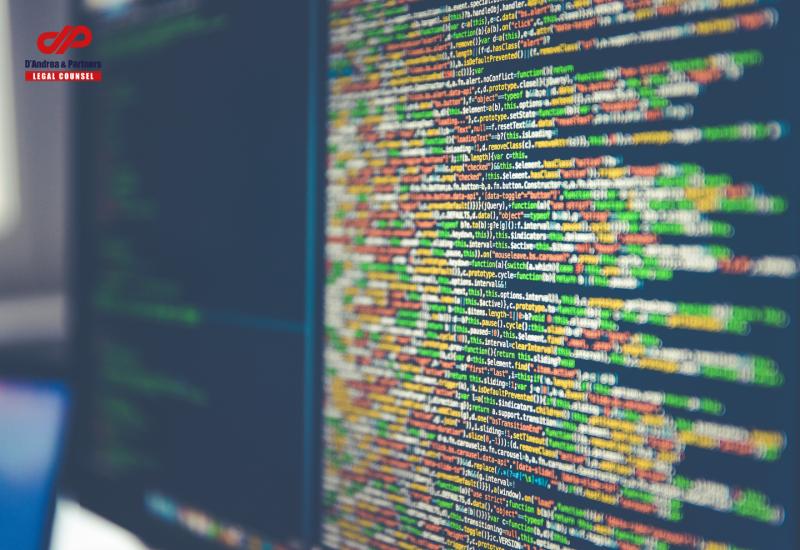One of the most challenging problems related to the economic and industrial development in China is the pollution. In the last few years China sadly became the Country which produces the highest level of pollution in the air, water and soil but it has been at the same time the biggest investor in the field of renewable energy for the years 2012 and 2013.
In 1989 China had its first Environmental Protection Law, and among these years the regulation has never being changed.
Finally, on April 22, 2014 the National People Committee has finalized the draw which will be in force from January 1, 2015. As usual, the draft has been submitted to the public to receive comments and suggestions.
In 1989 the lawmaker introduced a unique fine for the enterprises responsible of pollutant emissions. According to the public feeling this system was inefficiently: after paying the fine the company could continue to pollute air, soil or water. The draft introduces a daily fine system which is much more expensive for polluter.
Besides this, the reform also imposes to companies operating in China to adapt their production systems and facilities to some new strict rules.
Let’s see the main issues:
- According to the present law, if the production of a company could affect the environment, its construction project will be subject to an Environmental Impact Assessment (EIA).
- The lawmaker stressed the responsibility of the companies for pollution; besides the EIA, enterprises which potentially will discharge pollutants need to establish environmental protection responsibility system. This rule implies two consequences:
- These companies should adopt a plan to monitoring the emissions of pollutants; in particular, levels of emissions for every pollutant should be monitored and the results should be filed.
- Each company should elect one or more employee as responsible persons in charge for environmental impact of the production process. If these employees are directly responsible for a case of ecological damage, will be face personal civil and/or criminal liability.
- In order to identify the emissions potentially dangerous for the environment and punish the responsible of their discharge, the legislator imposed to create a list of thresholds of key pollutants. This system is quite complex and enterprises should pay attention to it:
- As a first step, enterprise must follow the control indicators of total emissions of key pollutants allocated to its field of production;
- Second, only if the company can fulfill the condition explained above, it will be able to start production following also the nationals and locals limits of emissions.
- The enterprises need a special license to discharge pollutants and the authorization will be granted by the Ministry of Environmental Protection which is establishing a dedicated system.
- In case of disaster or illicit discharge of pollutants in the environment, the company should apply an emergency plan which had to be draft before it can start the production.
- If an enterprise refuses to adopt the necessary certifications or if it illegally continues to discharge pollutants after been ordered to rectify the situation by the competent authorities, the administrative entity may apply a daily fine starting from the second day after the order has been issued. The fine will be calculate in consideration of the operating costs of control facilities, pollution prevention system, illegal gains or direct loss caused by the illicit conduit and it will be cumulative.
In particular circumstances that not constitute a crime, in addition to punishment pursuant relevant law and regulations, the person directly in charge and other responsible of the violation should be subject to a detention of 5 to 15 days, according to the seriousness of the offence.
In case of discharge of emissions exceeding legal standards, the competent environmental protection administration can order to restrict production or emission, or to suspend production for correction; in the most serious cases, competent People’s Government shall be informed and it can order to suspend the operations.
Enterprises will be responsible also for environmental damages according to the tort law of the PRC. Institutions that offer environmental services such as monitoring pollution, preventing illegal discharges or controlling equipment, will be jointly liable for any ecological damages that they had contributed to cause for negligence or fraud. The limitation period to promote the action for compensation is three years from the moment on which the party first knew or should have known about the environmental damage.
Authorized Public Associations, will be allowed to represent citizens before the court against environmental danger or disaster, as well as in case of damages suffered by population.
According to the Criminal Law of the PRC, if the environmental damage causes serious consequences to human health the responsible of the damage will face a detention period. Based on the criminal system, the detention depends on quality and quantity of pollutant and on the way they have been discharged; the minimum length of imprisonment for serious damages to human health is 10 years; the maximum is more than 30 years detention.
Conclusion
This is just a brief analysis of the new law, but some aspects of it will have a significant impact not only on the companies but also on the civil society. The aim of this law, as reported in the draft is to “promoting ecological civilization improvement”.
As already seen regarding the recent amendment on Advertisement Law and Food Safety Law, citizens will play a fundamental role in monitoring the application of the new rules.
Furthermore, according to the solicitations of the public opinion, the penalty fines system has become harsher than in the past: this should help to avoid illicit conducts by the companies.
Disclaimer
This publication is distributed solely for information purposes and does not constitute legal advice.
Although all the information in this document was obtained from reliable official sources, no guarantee is given with regard to their accuracy and completeness.
This document may not be reproduced and copies of this document may not be distributed without our prior permission.
For more information please visit our website: www.dandreapartners.com
or contact us by email: c.dandrea@dandreapartners.com
©2014 D’Andrea & Partners Business Consulting







